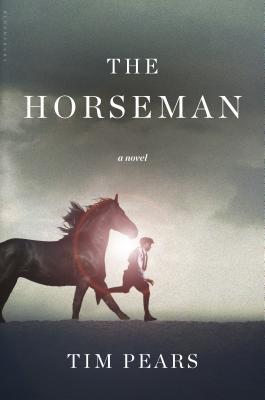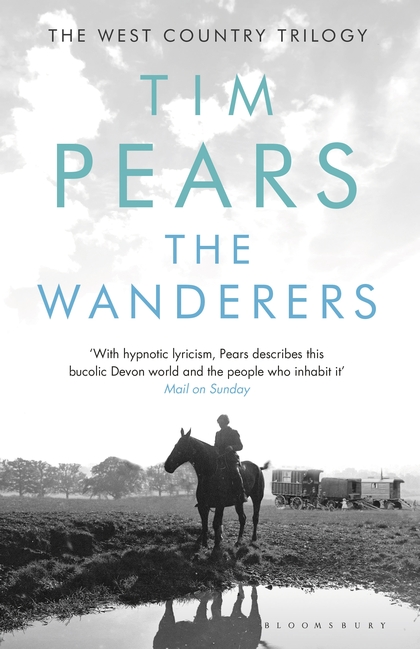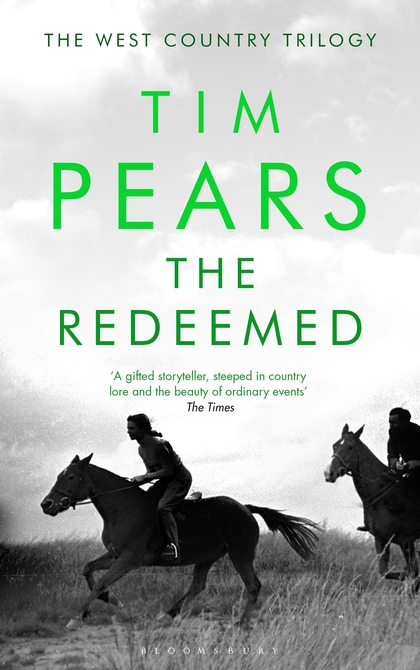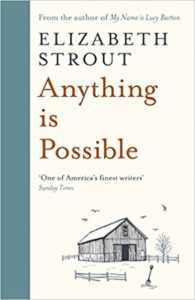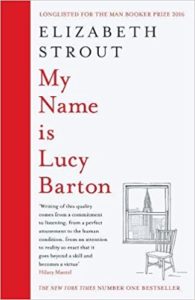Tim Pears’s The West Country Trilogy
Lockdown reading is a way of keeping one’s sanity. Long, satisfying reads are definitely a pleasaurable way to while one’s time. Tim Pears’s The West Country Trilogy consisting of The Horseman, The Wanderer and The Redeemed. It is historical fiction at its best. Mesmerising. Set at the beginning of the twentieth century, around the time of World War I. It is about Leo, whose father works in the stables of Lord Prideaux and the peer’s daughter, Charlotte or Lottie. Spanning a few years, from when the children were of school going age to when they are adults — Leo, a war veteran and Lottie, a qualified veterinarian with an independent practice on her father’s estates.
The Horseman is about Leo and Lottie as children. It is about their very different lifestyles governed by a strict class structures. The children share a love for horses. A love that transcends anything known to mortal man. It is a kind of love that is compassionate and all-encompassing, an energy that many humans, even those working in the stables, are genuinely unable to comprehend. In today’s age the children may have even been referred to as horse whisperers but the bond that they display with their animals is beautifully drawn out by Tim Parks. At first The Horseman is a little tedious to read for its very “horsey” descriptions and technical details. Soon it becomes second nature and the story becomes much easier to read. The story that emerges is the one of Leo helping to look after the horses, even grooms of other stables recognise his special gift of being with horses, his schoolteachers encouraging him to do what his heart desires and his slow realisation of Lottie’s presence. Their first “encounter” is when he sees her riding a new horse on the grounds. It is a stunning description. Later the very same horse is injured and Lottie refuses to have it shot. Instead she wishes to tend to it. She is quietly and ably assisted by Leo. It is an unusual story that begins to develop as it cuts across the severely demarcated social lines. Within the confines of the stable, perhaps the presence of a stable boy while the daughter of the peer is also present is not questioned, especially when a sick horse needs looking after, but the same kind interaction is more than frowned upon outside. Unfortunately that is exactly what happens and due to an unfortunate set of circumstances, Leo and his family are thrown out of the estate as Leo is seen with Lottie, unchaperoned. There is something quite remarkable about The Horseman as it immediately takes the reader into a pastoral landscape of the rigid society but the chinks in it are becoming apparent. While many in the first part of the trilogy hang on dearly to the old way of life, the two children — Leo and Lottie — begin to show the future way of life. For now it causes a catastrophic disruption in the personal and social lives of the characters but life moves on.
The Wanderer is the long journey that Leo makes wandering through through the countryside. It involves meeting gypsies and working as a labourer on a farm among other responsibilites. Leo’s personality comes across as a quiet, reticent but an equally stubborn, free-spirited individual who cannot be tethered for too long against his wishes at a task. He has to be able to exercise his free will. His self-respect is critical to his self-preservation. For Lottie too, her individuality and self-expression is very important and she insists on studying to be a veterinarian. The idea of a lord’s daughter being a professional was an act till then was unheard of and to opt for being a veterinarian would imply that her work would necessitate her being in the presence of many men too. Yet Lottie gets her way.
The Redeemed is the last part of the trilogy. It focuses for a large part on Leo participating in the Battle of Jutland — in it and later as a deep sea diver in the salvage yard that an enterprising businessman had set up to dredge the waters for the sunken German warships and sell the valuable scrap metal. It is a fascinating account particularly the description of bringing a massive ship to surface before breaking it apart. Offering a detailed view of the work involved is beautifully done. For instance, the conversations about trying to straighten the sunken ship and sail it to the dock for dismantling. It is a Thomas Hardy-like landscape and as absorbing to read. The focus on working people and their trade. Even Lottie is a qualified veterinarian who has broken the rules governing her class and sought a career for herself. For women especially of the upper class to actively seek a career was unheard of but to qualify as a veterinarian and choose to practise on her father’s estates is extraordinary. Yet, Lottie does just that and is accepted by everyone as a fine vet. Leo’s relationship with Lottie resumes though it is no longer the central preoccupation of this novel, but when it does make an appearance, it is ever so satisfying. It is no wonder then that The Redeemed is on the Walter Scott Prize for Historical Fiction 2020.
This is historical fiction at its best. Ideally the trilogy should be read in quick succession. It is the only way to relish this fabulous bildungsroman of Leo and Lottie and the transition of society from a rigid class structure to a modern society. The Biblical underpinnings of the trilogy are unmistakable as is the imagery represented by the short titles selected for each book but these books are fascinating whether one is aware of the allusions or not. Read the trilogy.
19 May 2020

